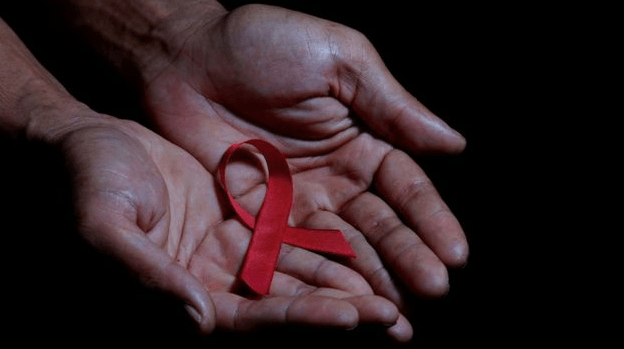December 1 is World AIDS Day. It was the first day dedicated to health in the whole world, and the reason for choosing that specific date was for reasons of media impact, as it was the first day of the month of December.
On this day, many acts of awareness are made; many people take to the streets with a red ribbon, a symbol of the fight against Human Immunodeficiency Syndrome (AIDS); groups of people mobilize to raise funds for research and to give their support and solidarity to people with AIDS.
Origin of World AIDS Day
World AIDS Day was first celebrated in 1988 and since then the virus has killed more than 25 million people worldwide, making it one of the most destructive epidemics in history. History.
World AIDS Day has become one of the most recognized health days and is an opportunity to remember those who have died, raise awareness and celebrate victories such as access to prevention services and antiretroviral treatment.
In 2011 UNAIDS decided to change the name International AIDS Day to International AIDS Action Day, considering that the word “fight” has a warmongering connotation.
Starting in 2021, UNAIDS calls it World AIDS Day.
UNAIDS and the campaigns against AIDS
In 2004, the Joint United Nations Program on HIV/AIDS (UNAIDS) was created.
Since then, themes have been proposed for World AIDS Day. These themes have a duration of one to two years and are not only used for the world day but to work for the fight against AIDS in general.
The 2019 World AIDS Day campaign had the slogan “Communities make a difference“. And it focused on the efforts of the communities in the fight against AIDS at a time when the lack of funding endangered the sustainability of services. Communities have the power to continue leading the fight against AIDS: social and health workers, associations of people living with HIV, women, young people, affected groups, all of them have the key to continue fighting this disease.
Motto 2019: Testing for HIV or AIDS virus
The main objective of the campaign in 2019 was that people who have the disease know it and can have access to quality assistance and prevention services so that they can have a good quality of life.
Worldwide, 37 million people are living with AIDS and a quarter of them are unaware that they have the virus. It is vital that a person who receives a positive result access antiretroviral treatment so that they can be treated, live a healthy life and avoid transmission.
HIV testing is essential to ensure that people living with the virus have access to the best treatment and can lead dignified and productive lives. Tests to find out if a person has the AIDS virus are easy to do. Just a blood draw.
However, there are many obstacles that continue to make it difficult to carry out these tests. Confidential access to testing is not guaranteed in many cases, and the stigma and discrimination surrounding the disease mean that many people only agree to testing after experiencing symptoms and feeling very unwell.
2020 Theme: Global Solidarity, Shared Responsibility
In 2020, the global COVID-19 pandemic highlighted how pandemics shake our way of life, and how health is intertwined with other fundamental issues such as human rights, gender equality, economic growth and social protection. Therefore, the 2020 theme for World AIDS Day was “Global Solidarity, Shared Responsibility”.
Motto 2021: End inequalities. End AIDS. End pandemics.
This is the slogan of the campaign for the year 2021, which basically focuses on ending inequalities, since only in this way can the objectives of sustainable development be achieved, and end the AIDS pandemic, COVID-19 and other future pandemics that may befall humanity.
Facts about AIDS in the world
UNAIDS has released a new report showing that access to treatment has increased significantly. In 2000, only 685,000 people living with HIV had access to antiretroviral treatment. As of June 2017, around 20.9 million people had access to these vital medicines.










